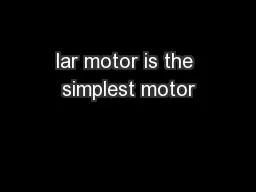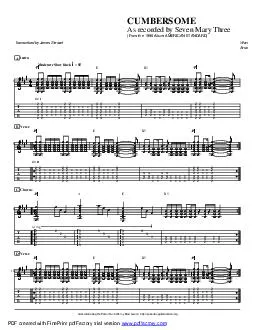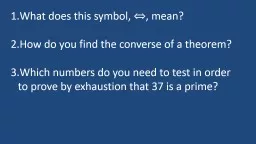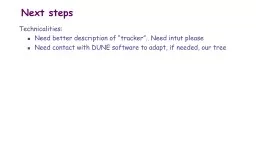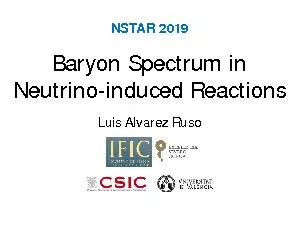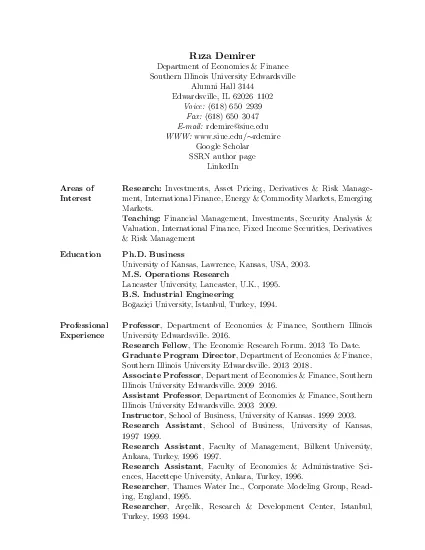PDF-lar motor is the simplest motor
Author : alida-meadow | Published Date : 2016-08-18
Uni polar DC Electric Motor The uni po to build These motors are easily constructed with materials lying around the house Originally invented by Michael Faraday
Presentation Embed Code
Download Presentation
Download Presentation The PPT/PDF document "lar motor is the simplest motor" is the property of its rightful owner. Permission is granted to download and print the materials on this website for personal, non-commercial use only, and to display it on your personal computer provided you do not modify the materials and that you retain all copyright notices contained in the materials. By downloading content from our website, you accept the terms of this agreement.
lar motor is the simplest motor: Transcript
Download Rules Of Document
"lar motor is the simplest motor"The content belongs to its owner. You may download and print it for personal use, without modification, and keep all copyright notices. By downloading, you agree to these terms.
Related Documents

